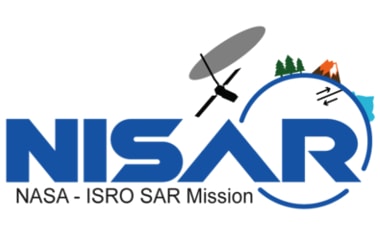
The Indian Space Research Organisation (ISRO) and the National Aeronautics and Space Administration (NASA) have collaborated to make an Earth-imaging satellite called NISAR.
The satellite will help scientists monitor the Earth like never before.
The expanded form of NISAR is NASA-ISRO Synthetic Aperture Radar.
It is scheduled to be launched in 2021.
The estimated cost of the radar is over 1.5 billion dollars and it could possibly be the world’s most expensive Earth imaging satellite.
The two documents to launch the NASA-ISRO satellite mission were signed.
The aim of the mission is to observe Earth and establish a pathway for future joint missions for Mars exploration.
The NASA-ISRO Synthetic Aperture Radar will provide an unprecedented detailed view of Earth by using advanced radar imaging.
The satellite is designed to observe and take measurements of some of the planet’s most complex processes, including ecosystem disturbances, ice-sheet collapse, and natural hazards such as earthquakes, tsunamis, volcanoes and landslides.
Under the terms of the agreement, NASA will provide the mission’s L-band synthetic aperture radar (SAR), a high-rate communication subsystem for science data, GPS receivers, a solid state recorder, and a payload data subsystem.
On the other hand, the ISRO will provide the satellite bus, an S-band synthetic aperture radar, the launch vehicle and associated launch services.
Data collected from the ambitious mission will unfold information about the evolution and state of Earth’s crust. It will also help scientists better understand our planet’s processes and changing climate, and aid future resource and hazard management.
The Earth-imaging satellite design will make use of a large deployable mesh antenna and will operate on dual L band and S band.
NISAR will be 3-axis stabilised and is planned to be launched into a Sun-synchronous dawn to dusk orbit with a mission life of 3 years.
NASA US Manned Programs: Know More- Apollo Skylab Apollo–Soyuz Test Project (joint)
- Space Shuttle Shuttle–Mir (joint)
- ISS (joint)
- Mercury Gemini
- Manned Venus Flyby
- Manned Orbiting Laboratory
- Space Transportation System
- Orion Constellation